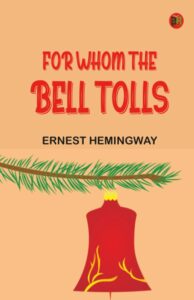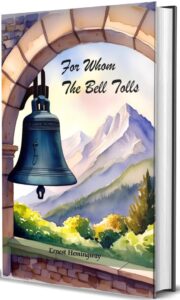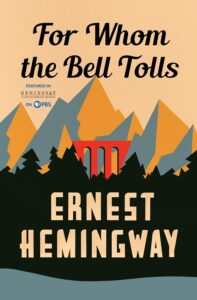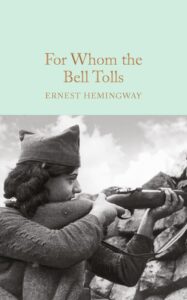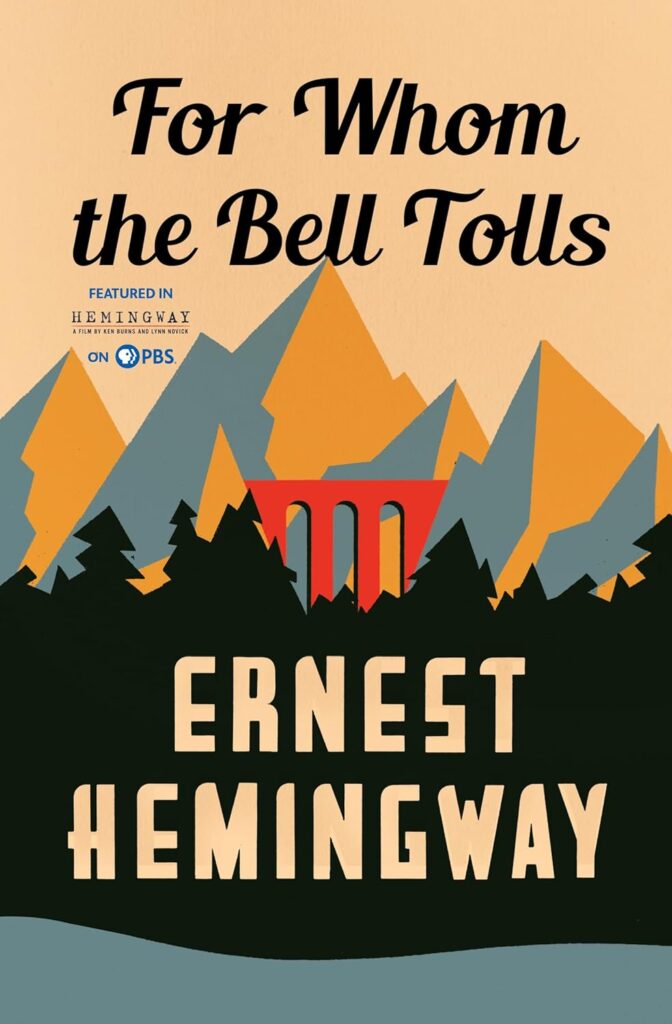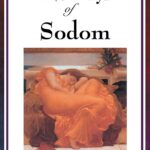Why For Whom the Bell Tolls Was Banned
When Ernest Hemingway published For Whom the Bell Tolls in 1940, it quickly became both celebrated and controversial. The novel was challenged and banned in parts of the United States for its use of profanity, sexual content, and depictions of violence. Some school boards and libraries considered it inappropriate for young readers, pointing to its frank portrayal of love and intimacy as well as its brutal scenes of war.
Outside the U.S., the book faced even harsher treatment. In Spain, where the story is set during the Spanish Civil War, it was banned for decades under Francisco Franco’s dictatorship because of its sympathetic depiction of the Republican side and its critique of fascism. At different points in history, the novel has been censored for being both “immoral” and “politically dangerous,” making it one of Hemingway’s most challenged works.
About the Author: Ernest Hemingway
Ernest Hemingway was born in 1899 in Oak Park, Illinois, and went on to become one of the most influential writers of the 20th century. Known for his sparse, direct style, Hemingway wrote novels and short stories that often explored themes of war, love, loss, and courage. He served as a war correspondent in both World Wars and the Spanish Civil War, experiences that shaped much of his fiction.
Hemingway’s adventurous life and his ability to capture the emotional truths beneath physical action made him a literary icon. He won the Pulitzer Prize for The Old Man and the Sea in 1953 and the Nobel Prize in Literature in 1954. Despite controversies surrounding his works, his writing has endured as a defining voice of modern American literature.
Content and Themes of For Whom the Bell Tolls
The novel tells the story of Robert Jordan, an American volunteer fighting with the Republican guerrillas during the Spanish Civil War. Tasked with blowing up a bridge, Jordan faces both the dangers of combat and the complexity of human relationships within the resistance group. During his mission, he falls in love with María, a young woman scarred by the war, and their brief but intense romance becomes a counterpoint to the surrounding violence.
At its core, the book is about sacrifice, loyalty, and the cost of war. Hemingway explores questions of duty, honor, and whether individual actions can make a difference in the face of overwhelming conflict. The novel’s title, drawn from John Donne’s meditation that “no man is an island,” emphasizes the shared fate of humanity and the interconnectedness of all lives.
Why the Novel Still Matters Today
More than eighty years later, For Whom the Bell Tolls continues to resonate. Its themes of war, resistance, and the human struggle for dignity remain relevant in a world still grappling with conflict and political division. The novel captures both the brutality of battle and the tenderness of love, showing that even in the darkest times, human connection can provide meaning.
The history of its censorship underscores the power of literature to challenge authority and provoke strong reactions. Hemingway’s novel endures not just as a war story, but as a meditation on life, death, and the responsibility we all share toward one another.
